- Home
- >
- Preservation Archaeology Blog
- >
- Because Places Matter to People
(September 30, 2022)—Have you read our newly released 2021 Annual Report? If not, you can find it here. I always enjoy compiling these reports and the sense of satisfaction I—we—you can take in all that we managed to accomplish in 52 weeks. This report was especially touching for me because the staff all shared their favorite places with one another and with you. I’d like to thank them for their generosity.
Several staff members shared more about why their places mattered to them, and they even gave me permission to share their insights with you. In that spirit of trust, I thought I should “go first,” and say a bit about my place, 107th St. through the Saganashkee Slough Woods, Cook County Forest Preserve, in the southwest suburbs just outside of Chicago.
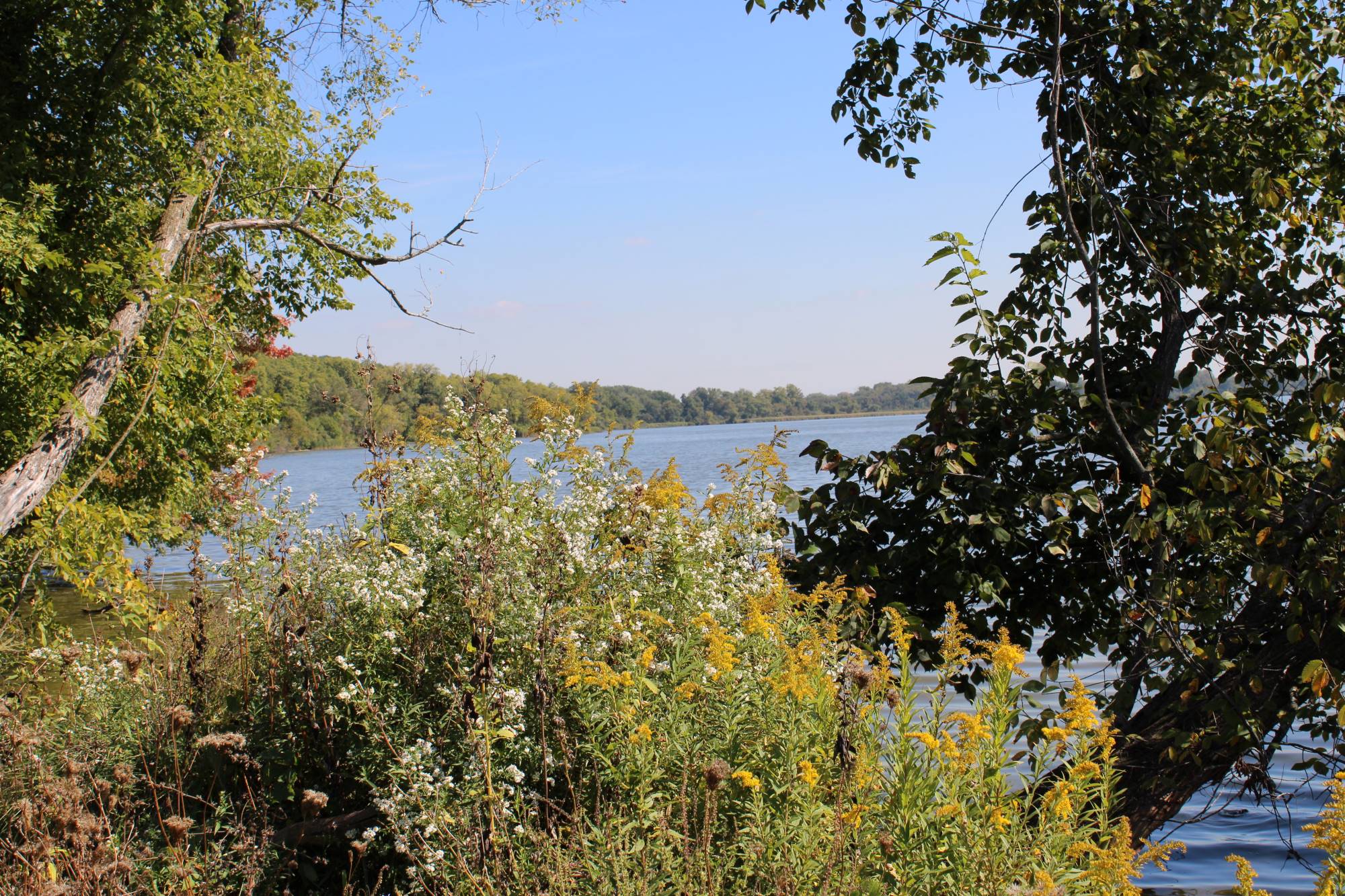
The slough was once wetlands, drained by settlers, and, when my parents were toddling a few miles away, restored to its current, not-exactly-pristine riparian-lacustrine state. Most folks come for the fishing. Now that I’m older, I plan to take in the birds—loons, herons, even Bill Doelle’s favorite cedar waxwing, which I’ve been told I could see and hear in those woods. And, I have learned, the concrete boat launches not seen from the road are vibrant with not-quite-outsider art (see one of Josh’s places below). It’s not the most beautiful place I’ve ever seen, but it might be the first place I ever saw and thought was beautiful.
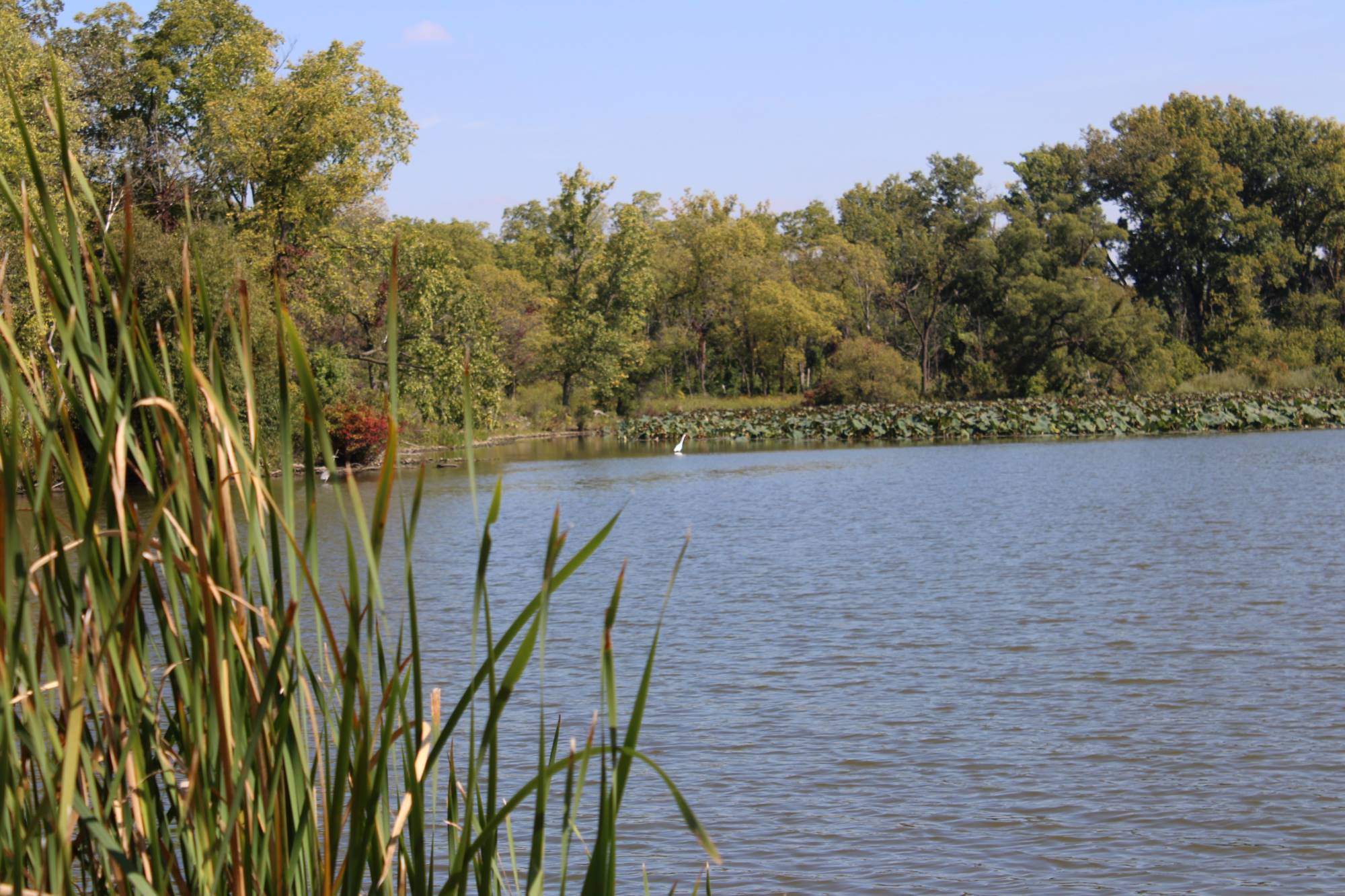
My family drove on 107th alongside the slough at least two or three times a month from as early as I can remember. It was actually a bit of a detour, but not taking 107th would have been—still is—unthinkable. Whether I was a kid in the backseat with my younger brother, behind the wheel myself, or in the passenger seat with my brother driving, whether dawn, dusk, day, or evening, my memories on this road are countless and vivid. I have a mental soundtrack for each season and time of day.
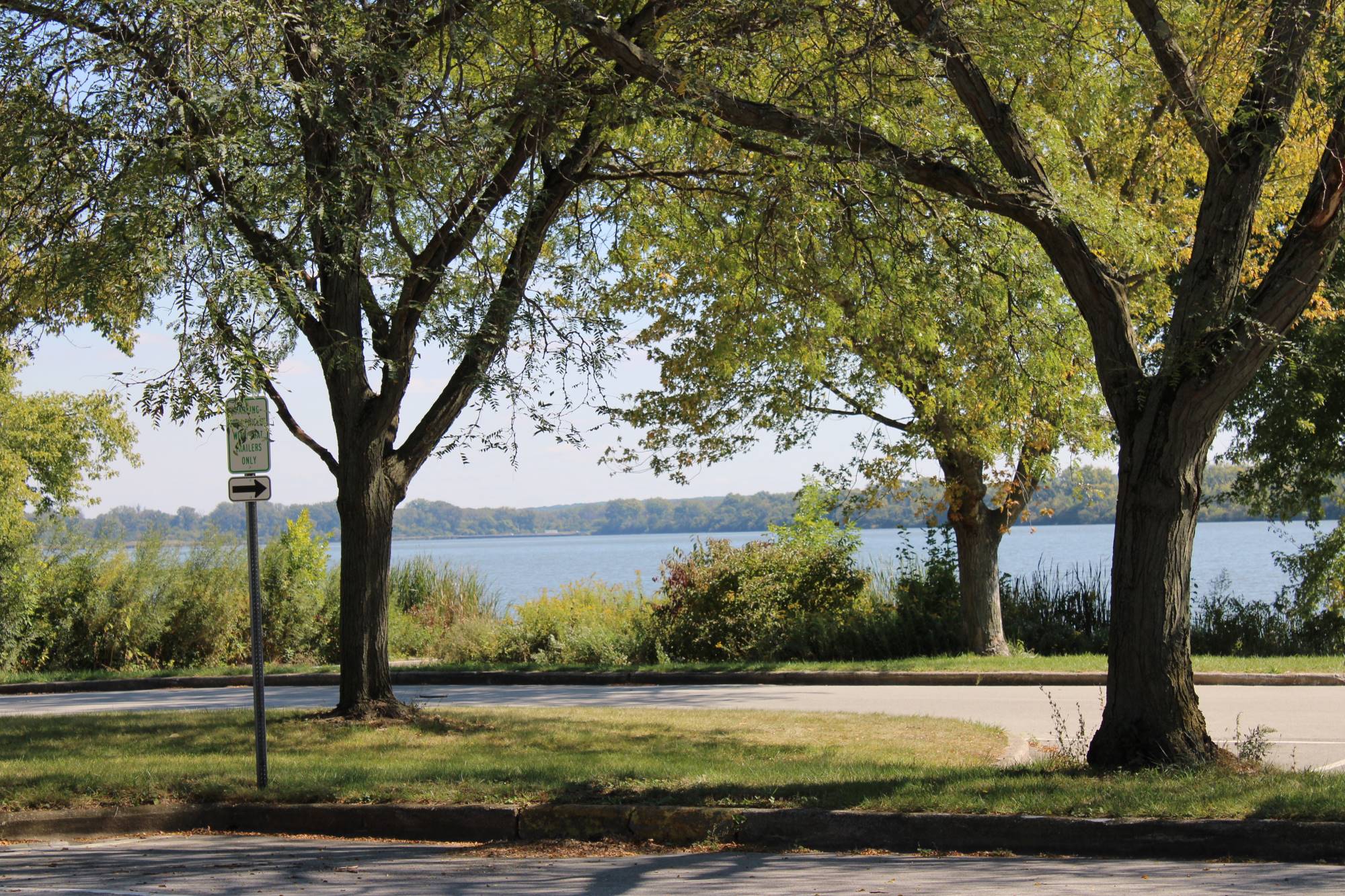
This mesmerizing drive revealed both the subtlest and plainest signs of the changing seasons. The trees form a tall canopy—nearly a tunnel—over the road, with only a few gaps on the south side that suddenly, always almost unexpectedly, widen into vistas revealing the slough, still as glass. In winter, the canopy is a tatty basket covering the road; in summer, a green mass rattling with insistent cicadas; in autumn, a radiant riot of titian and copper; in spring, something newly sturdy and proud with nubs of possibility.
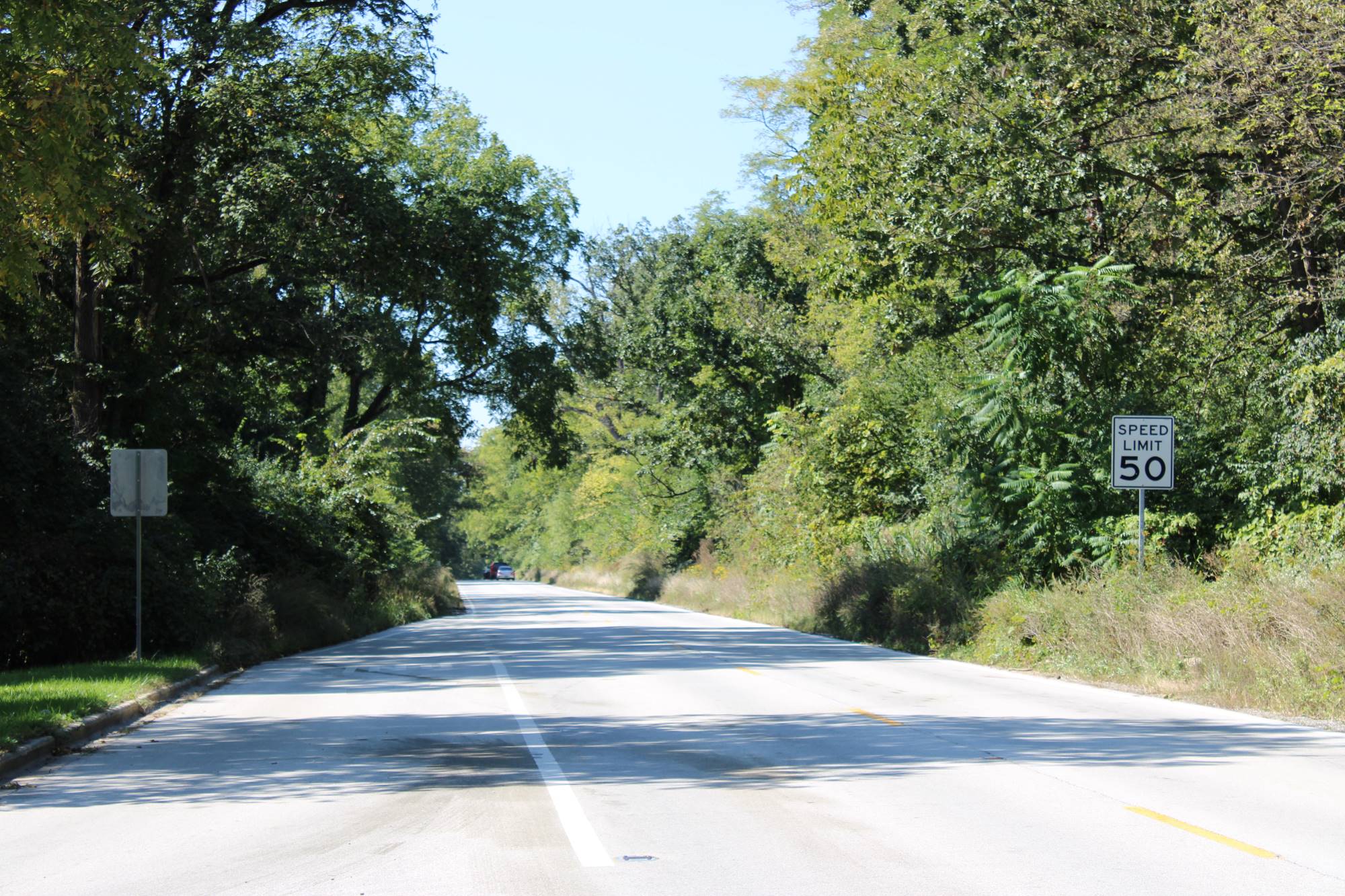
Although in my mind’s eye I can see myself in my family’s various cars on this drive, that is not my true experience of it. When I am here, in body or in memory, there is no machinery, no appliance around me; there is only me, the dense forest, the slough on my left, the palimpsest of earth scents, and I am flying forward, head first, in awe and with purpose.
My brother once told my mom and me that this was “the road to heaven.” He was religious; I am not. But when he died, I knew just what he could see all around him on that journey. And someday, I hope he meets me at La Grange Road and we fly west on 107th together, transcendent, as he takes me to join the others.
More Places that Matter to Us
At the moment you asked, Kate, it was the Broughton Islands along the Central Coast of British Columbia. We sighted a pod of humpback whales right after your request came through—amazing and humbling. The wind was up, so I had one hand on the rail of the sailboat and the other on my phone, grabbing grainy fluke photos.
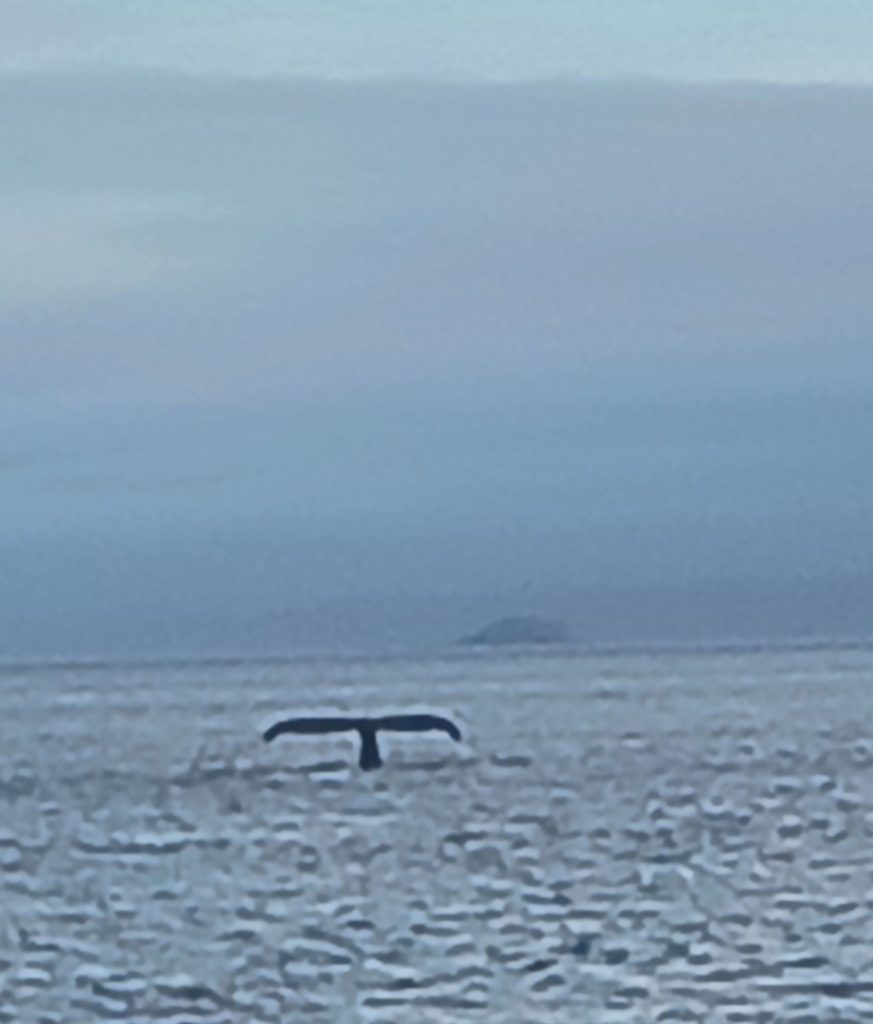
In general, though, my favorite place is the Fort Apache and Theodore Roosevelt School National Historic Landmark, White Mountain Apache Lands. I lived and worked at and around Fort Apache for 15 years, giving the place time to teach me to be a historian and an advocate. I never really left. At present, we have a National Endowment for the Arts Our Town planning grant, allowing us to work with the Think Tank design group and the place’s Apache owners to re-invent how people—locals and visitors—experience Fort Apache. I want everybody to have an opportunity to learn from Apache lands.
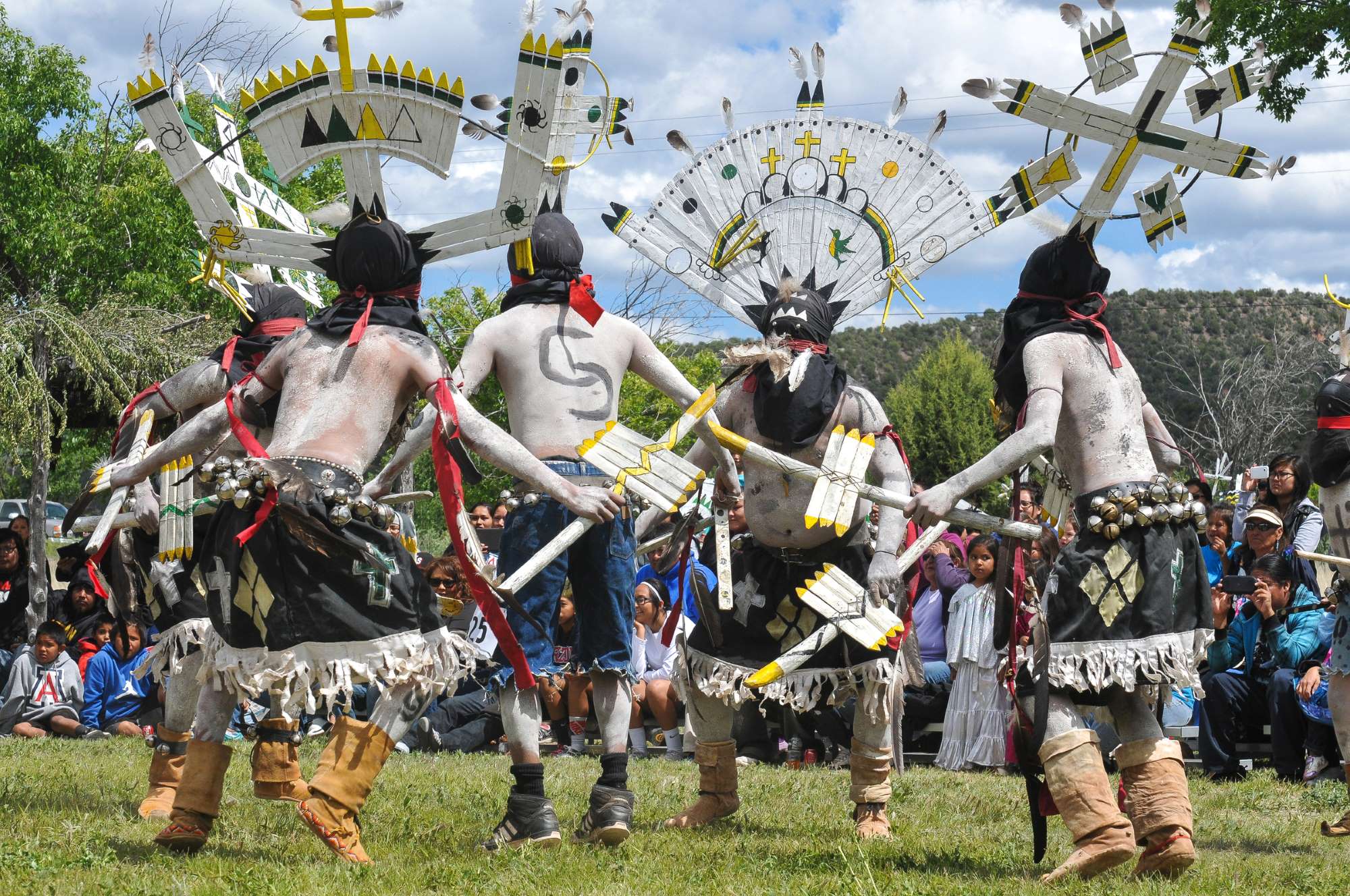
My favorite place is the Mascoutin Valley State Trail in rural Wisconsin. I used the trail daily to bike home from high school and learned a lot about wildlife, bored farm dogs, epic Midwestern thunderstorms, and my own endurance and autonomy.
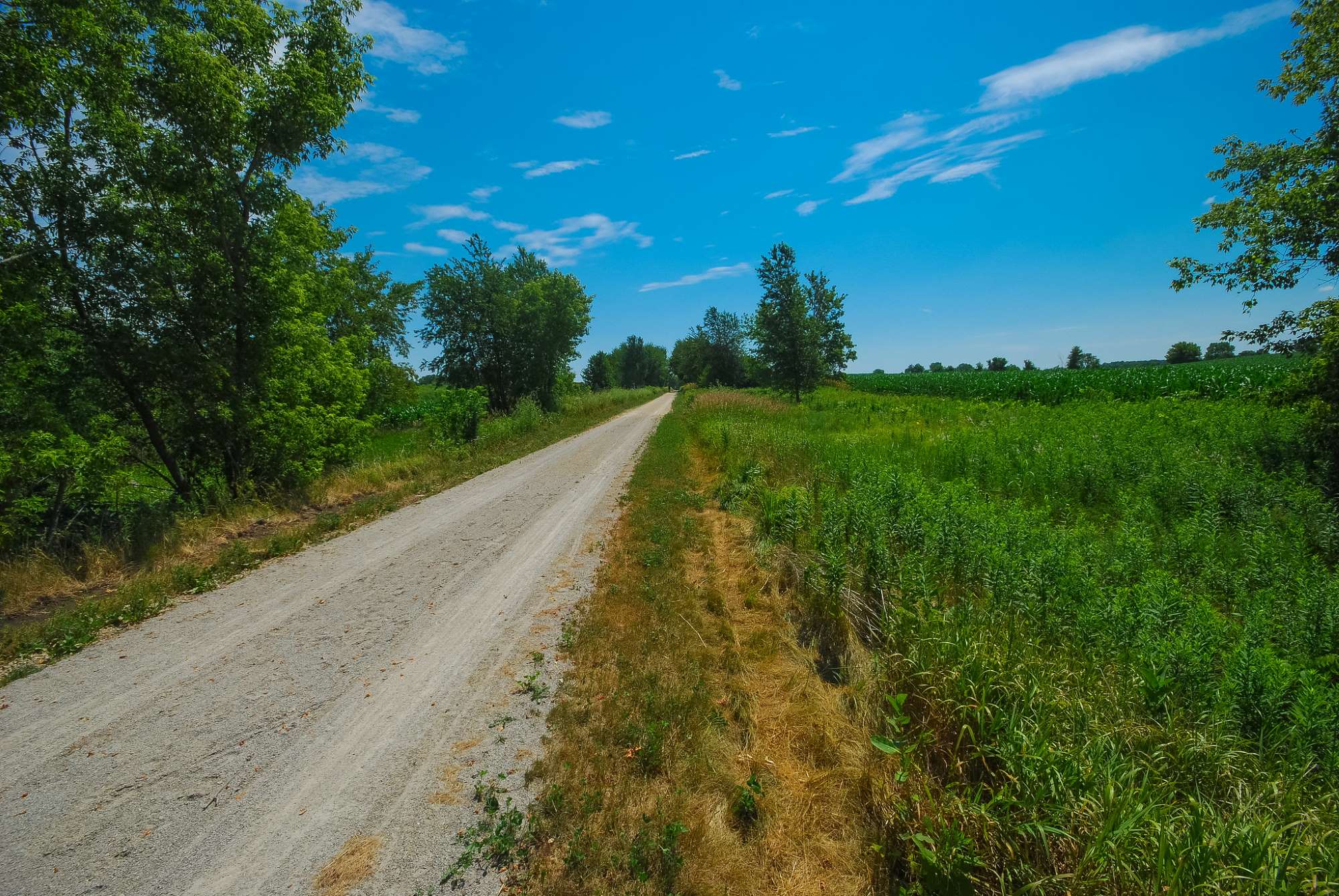
Choosing even a single area/mountain/basin/creek/park/etc. is just too hard—and unfair! I’m inclined to think of highly specific places top-of-mind in recent months. For winter/spring 2022, I’m going to pick the legal-ish Pico graffiti yard off 6th Ave. and 36th St. in South Tucson. Or maybe the Guayo’s El Rey across from the empty public pool in old town Miami, Arizona.
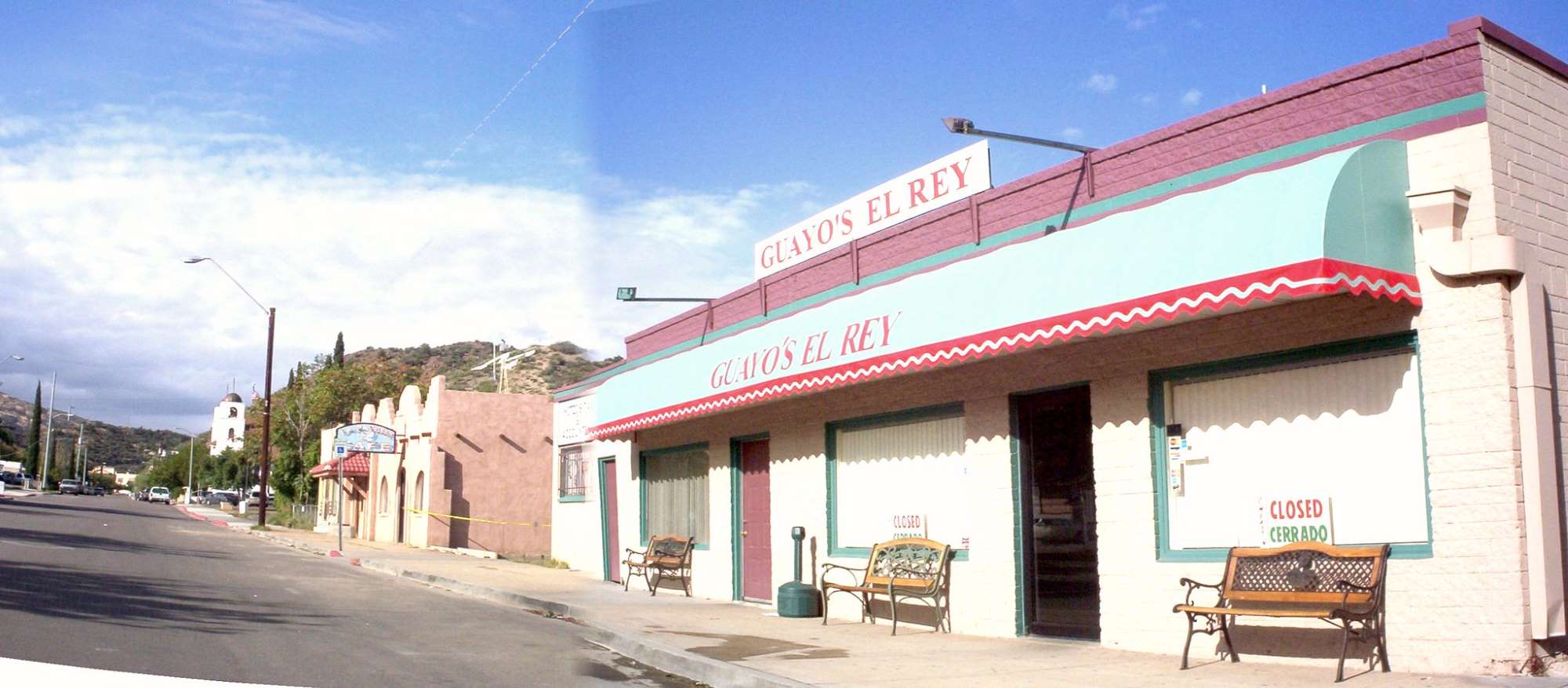
In my bios, I always say that my favorite place is “outside.” If I have to be specific, though, I’ll choose Boundary Waters Canoe Wilderness Area in northern Minnesota.
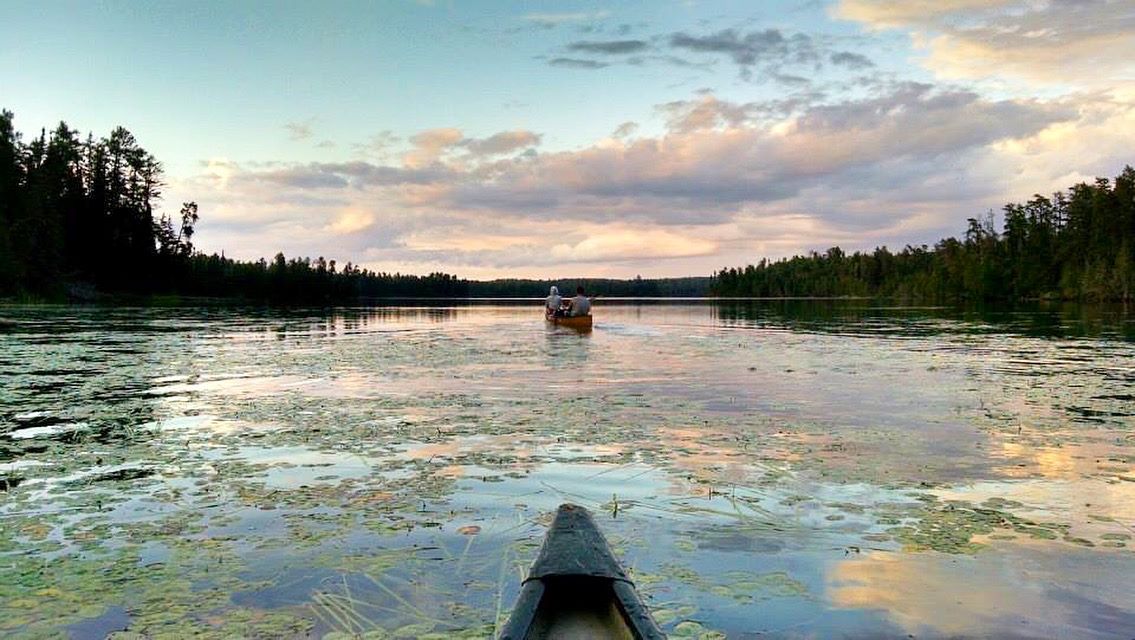
I have to say it’s hard to pinpoint what might be my favorite place, as I have so many places I absolutely adore when I am there. Lately, I have been thinking about the place where I take my students on the San Francisco River north of Cliff, New Mexico. The river flows through a narrow canyon with steep walls and incredibly rugged cliffs. We occasionally see bighorn sheep ewes and their lambs scaling the cliffs. The river is shaded by giant cottonwood trees and other lush riparian vegetation. The climb down to the canyon from the hot desert above really adds to the oasis feeling there. We sit in the warmish delightful waters and carve with stone tools and transport ourselves back in time.
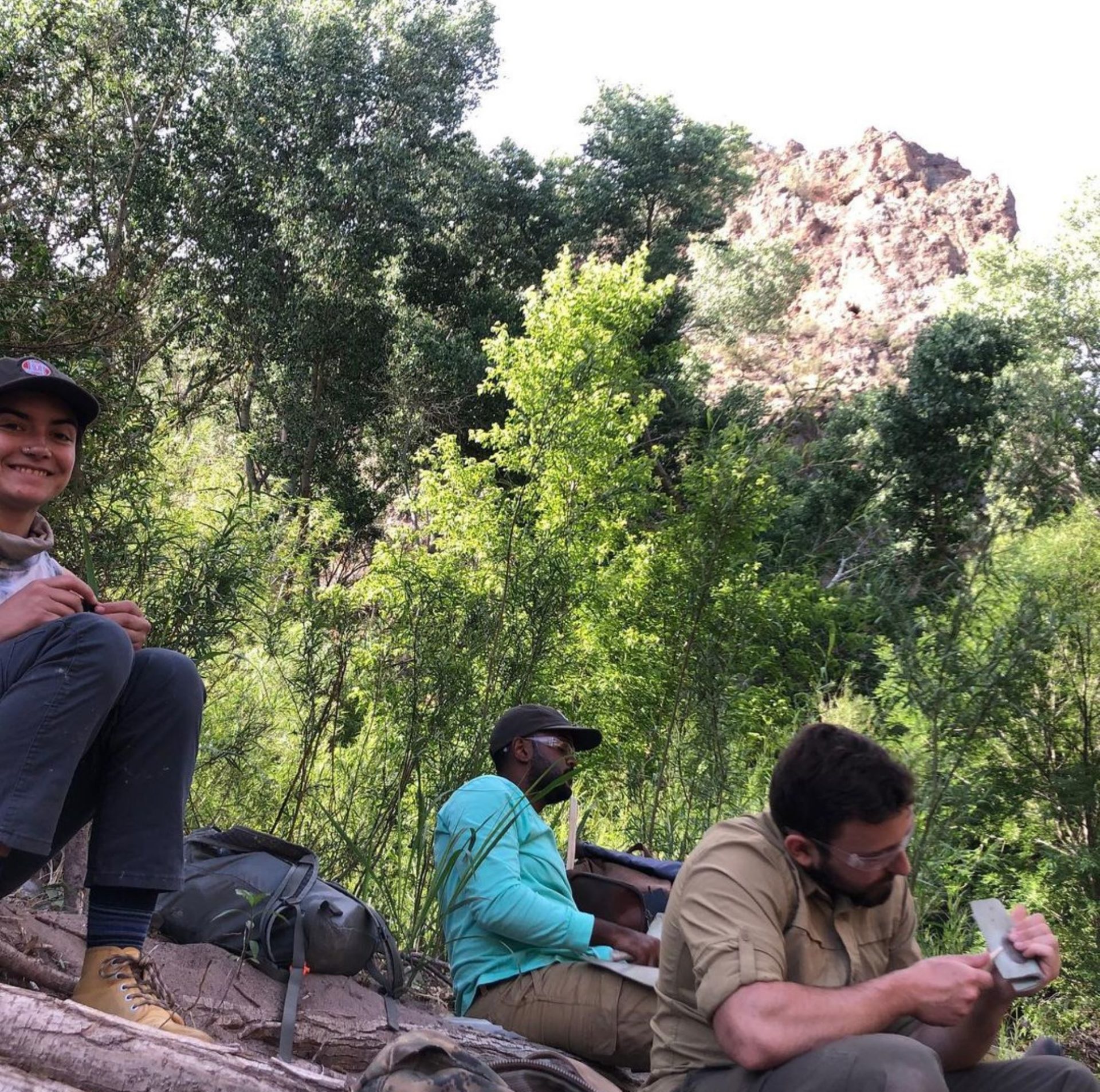
I grew up spending a lot of time at a small cabin with my extended family along Eagle Creek in the White Mountains of eastern Arizona. The smell of wild mint always reminds me of wading there, and the distinctive sound of the wind through the cottonwood trees at that specific bend in the creek is one of my favorite sounds. (Checking my shoes for scorpions always reminds me of that place, too!)
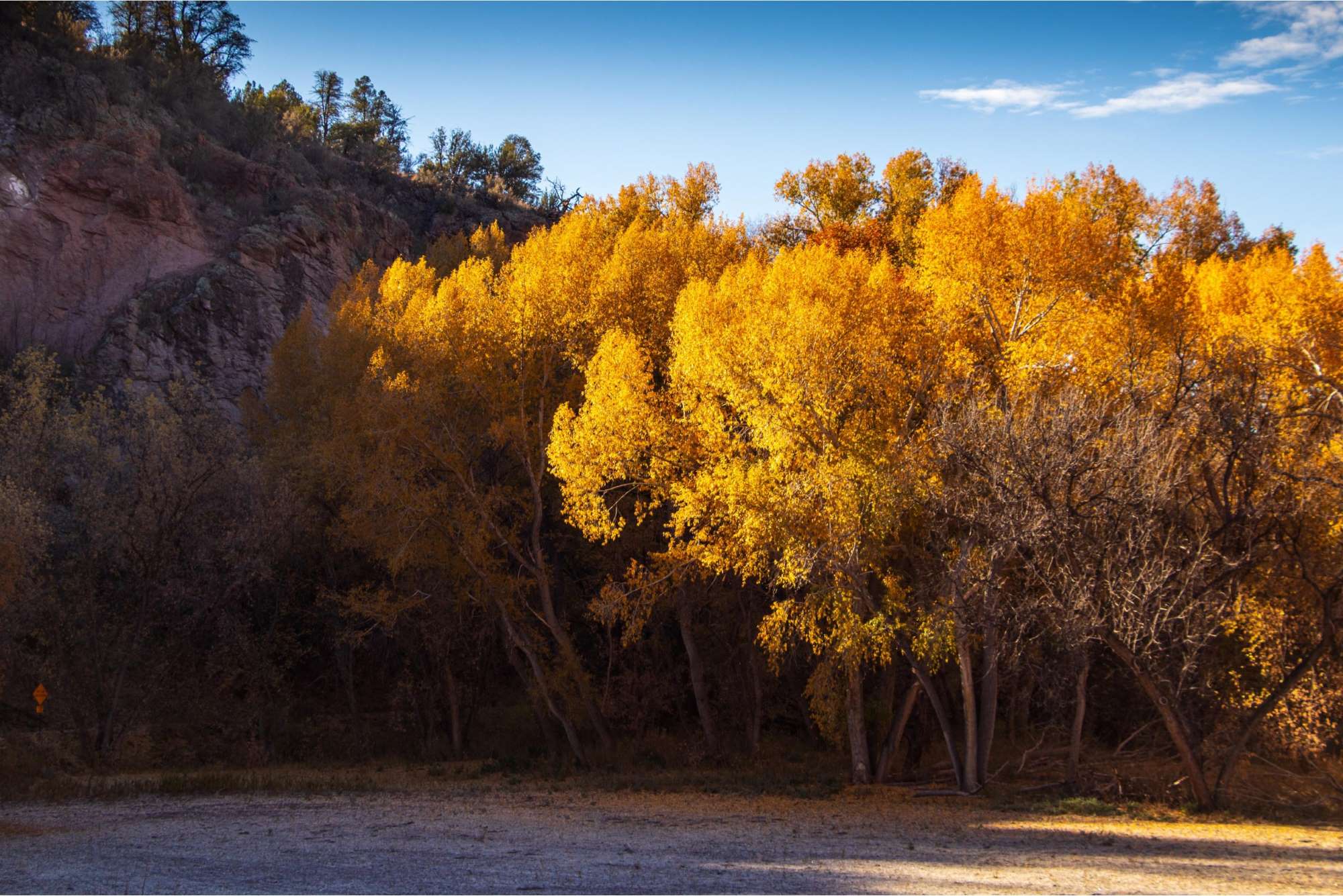
I spent a lot of time in Jerusalem when I was working on excavations in Israel. The Old City is magnificent—so much history, so much magic, and so much diversity you can even smell it in the rich aromas of the spices that waft out of the shops and onto the narrow cobbled streets.
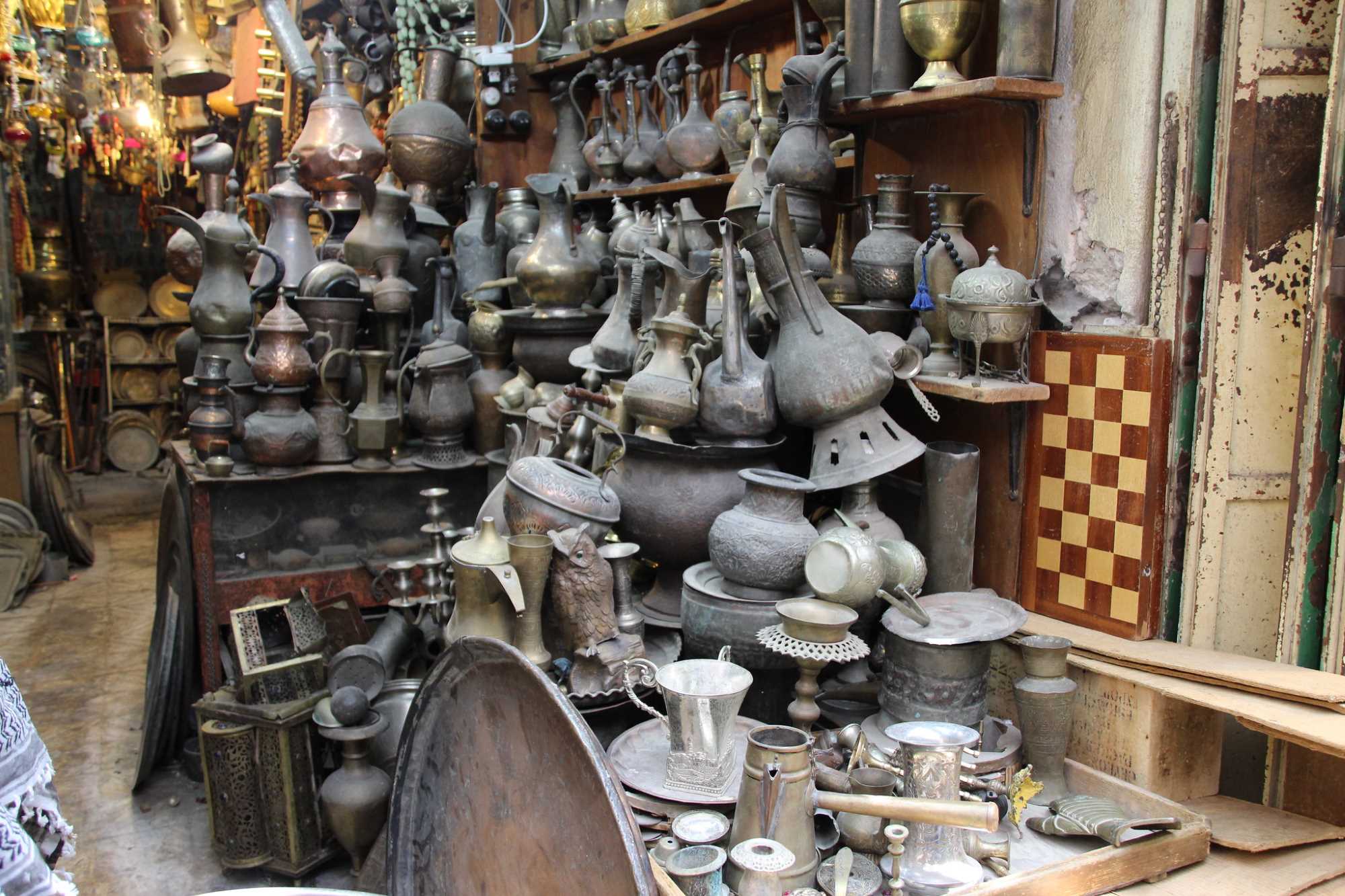
This small space, less than 1 square kilometer, is the nexus for three of the major world religions—literally a 15-minute walk from Dome of the Rock Mosque, Wailing Wall, and Church of the Holy Sepulchre. Jews and Muslims alike consider a single large rock outcrop (Foundation Stone or Noble Rock) on Temple Mount the center of the world, whereas Christians consider a nearby outcrop (Golgotha) the center of their world. Jerusalem was also a religious center simply called Salem during Canaanite times (Second Millennium BCE), and has probably been a special place since humans first inhabited the area.
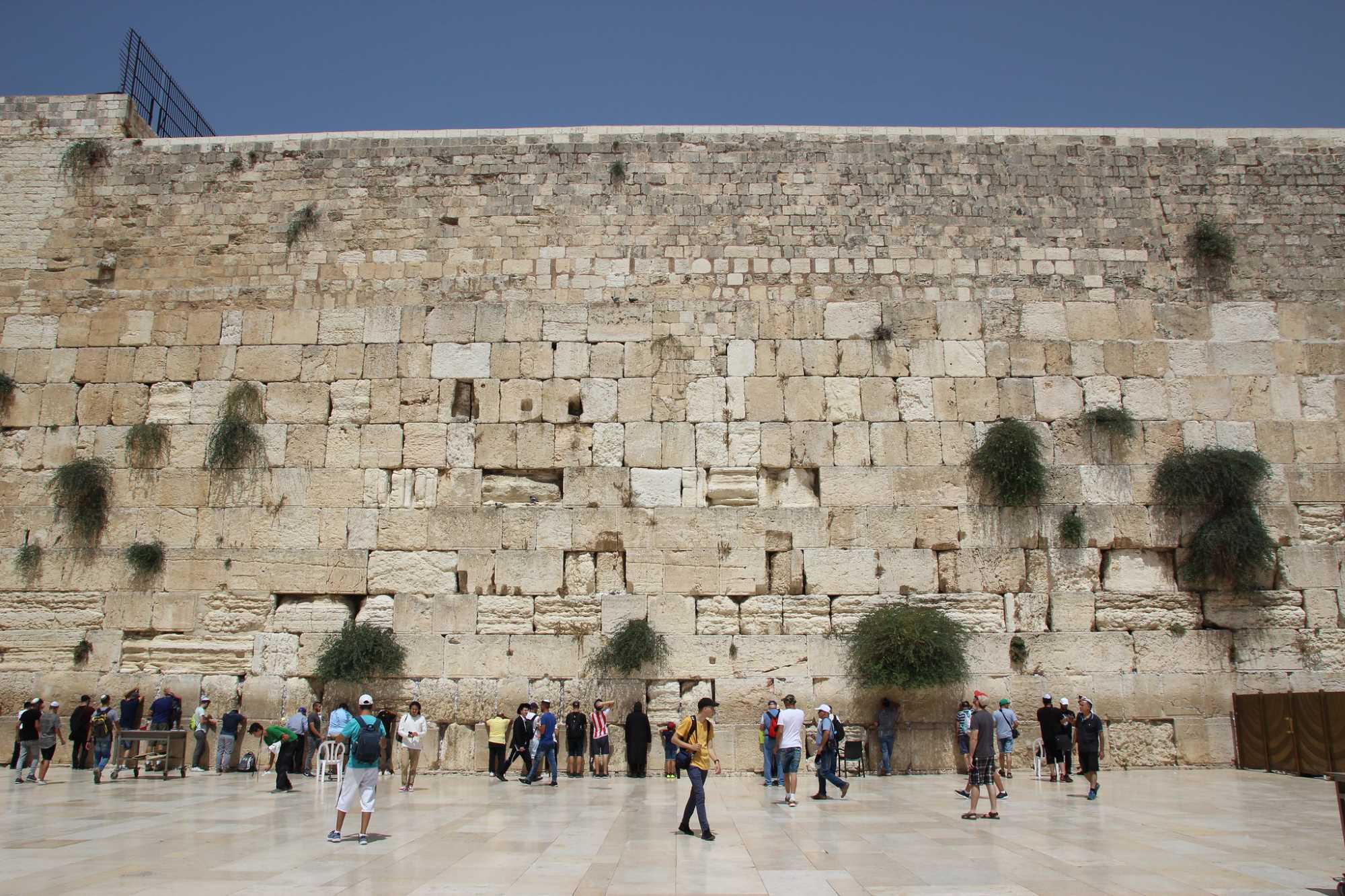
The current configuration of the Old City is relatively new, with the walls constructed in the 1500s CE. Exposed portions in some areas, however, date to the Roman era and earlier. As an archaeologist, I wonder what secrets lie beneath the streets of Old Jerusalem. On a more spiritual side, I wonder whether this place has some special power, to have attracted so many religions.
Since I’m still new to Arizona and finding my special places here, I will describe a meaningful place in Iowa City—the Terry Trueblood Recreation Area, where a two-mile trail encircles a small lake with restored prairie surrounding. I’ve frequented this trail since I was young and watched it develop into what it is today. So many people use this trail for biking, dog walking, and bird watching, and the lake hosts paddleboarders, kayakers, swimmers, and anglers. The setting feels like home to me, and I’ve made many memories there throughout my life. It will always be a place I revisit.
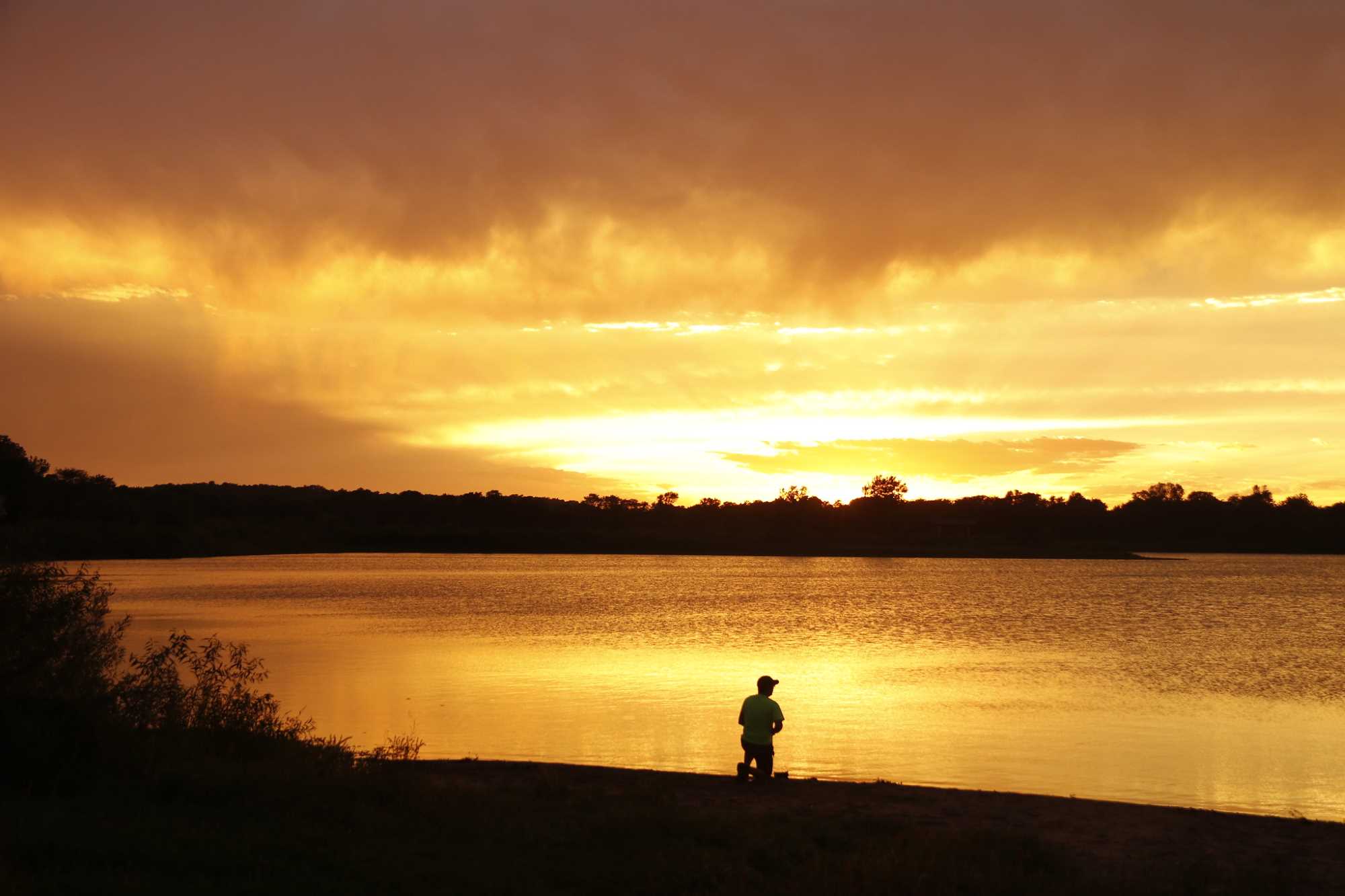
A place special to me is Grand Canyon National Park, and the Grand Canyon in general.
The canyon is special to me for a few reasons. For one, it’s the Grand Canyon and it’s hard not to be amazed while there.
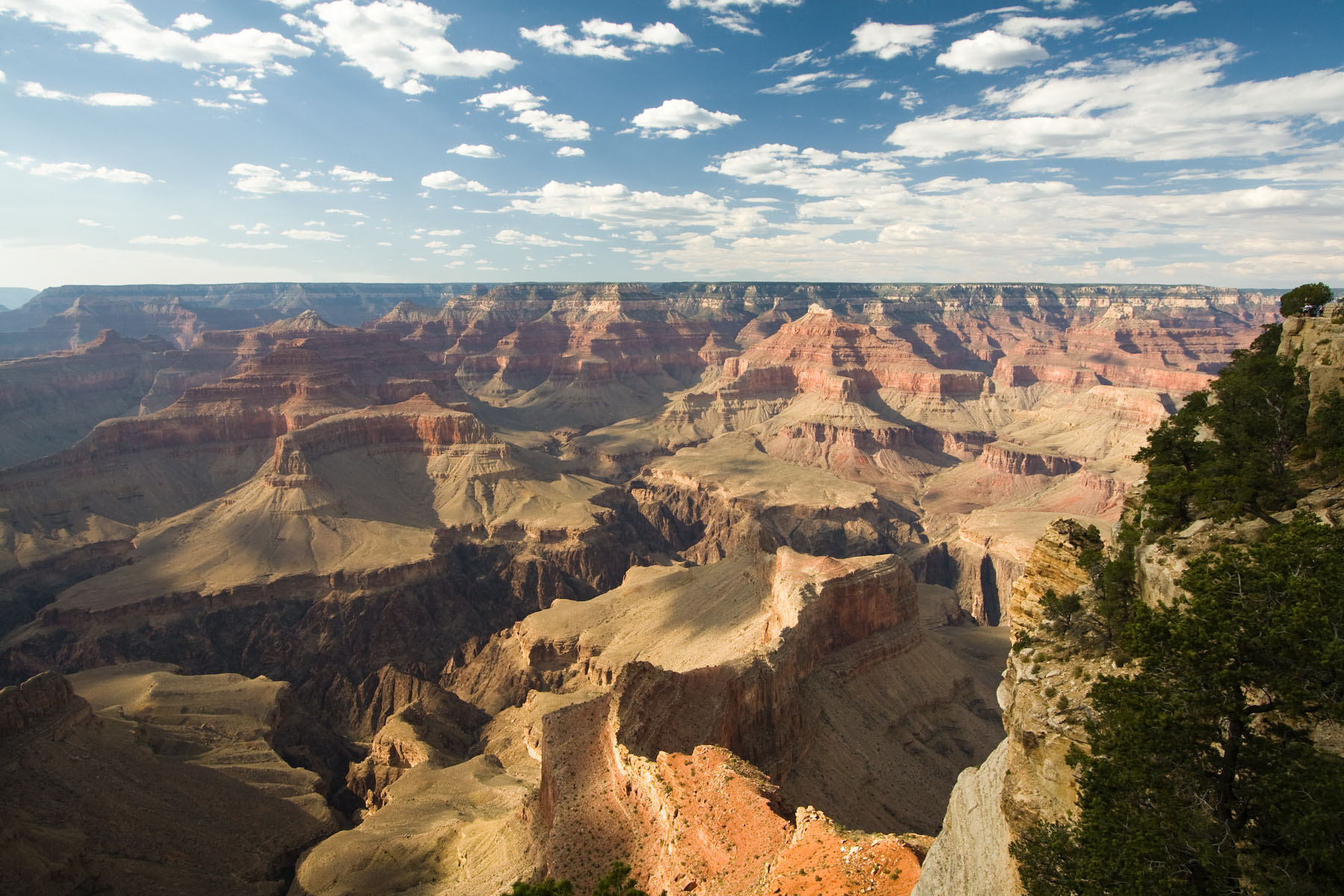
More specifically though, I spent a lot of time there during some formative years of my life. In many ways, the Canyon is where I developed a lot of my ability to practice leadership, my technical expertise in conservation, and where I formed many of the values I hold today. I led the first Ancestral Lands Crew out of the Arizona Conservation Corps’ Flagstaff office when I had just turned 21. At that point in my life, I didn’t have the confidence to think of myself as capable of being a crew lead, but my supervisors felt I was ready, so I took a leap of faith that everything would work out. Facing and overcoming that fear has shaped many of my decisions since then, and has instilled in me a philosophy to not let fear dictate my actions.
Many of my closest friendships trace back to my three summers there, as well, and the memories made with these friends are some of my most precious. I continue to make memories with those friends I once was crew lead for, or co-led with, and we have grown up together.
On a different note, I had many spiritually profound experiences in the Canyon and on the rims. I believe there is a sort of supernatural or perhaps holy energy that pervades the area. It took me a while to be able to sense that energy, but I think over those three summers I developed some aptitude for connecting to the energy places such as the Grand Canyon exude. This aspect of my spirituality forms the foundation for why I have chosen a path in conservation.
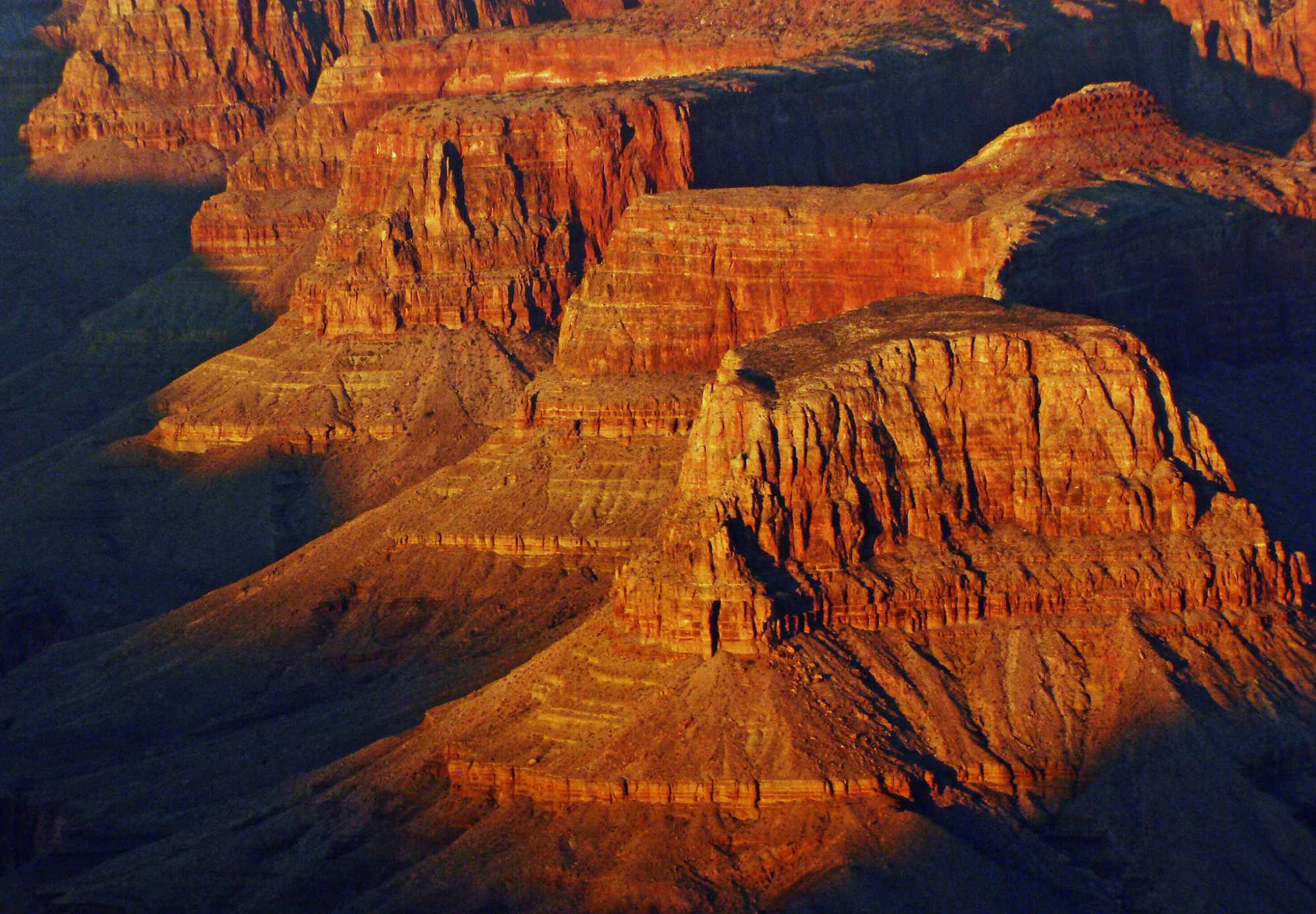
I have witnessed a similar transformation in the peers who put their trust in me as their leader in what can be a very dangerous place. I have also seen those peers face the same fears I did, overcome them, and become leaders in their own right. It makes me happy to know I played a part in another young person’s manifestation of a brighter future.
Lastly, the Canyon is truly a wonder to behold, and I have seen it from the edges of its cliffs, from within on countless hikes and projects, and from the Colorado River on a raft or dory. I think I could spend a lifetime exploring there and still not uncover all it has to offer. It is a place that humbles the ego and reminds us how small we are in the scheme of things, but also that we are a part of something intensely beautiful. What many Indigenous Peoples would deem “The Great Mystery” of Creator and Creation, of which we are a part.
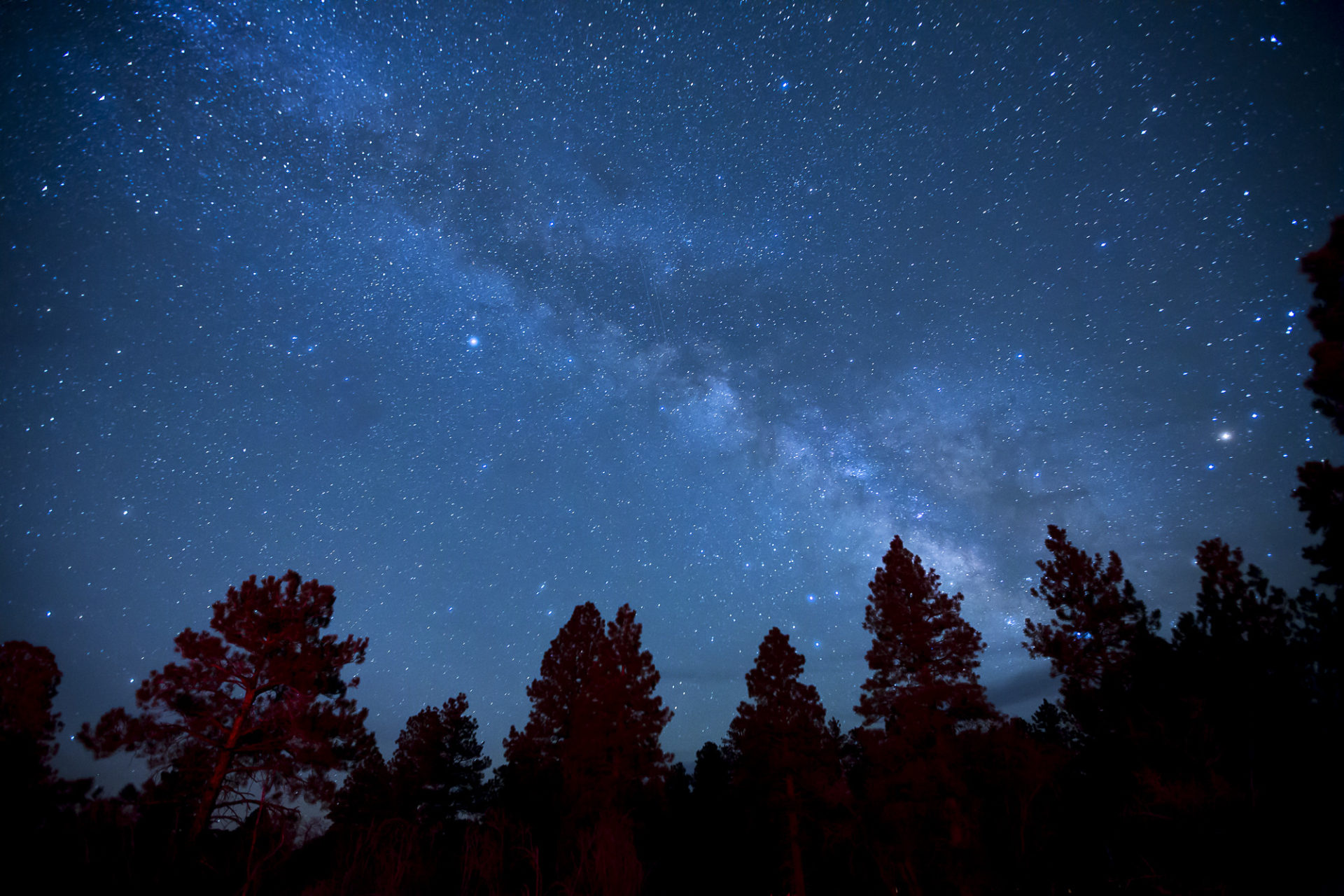
Here is a short poem I wrote one night sitting on the balcony of the Grand Canyon Lodge on the North Rim:
In the light
We wander
Into the
Rocky chasm.
In the night
We wonder
About the
Starry abyss.
In the light
We clamber
Around the
Daunting edges.
In the night
We amble
About the
Haunted ridges.
In the light
We are humbled
By the grandeur
Of what lays
Before our feet.
In the night
We are crumpled
By the expanse
Of what lays
Beyond our reach.
What Places Matter to You?
Thanks for dropping by our places with us! Please let us know in the comments what your special places are, and why they matter to you.
2 thoughts on “Because Places Matter to People”
Comments are closed.
Explore the News
-
Join Today
Keep up with the latest discoveries in southwestern archaeology. Join today, and receive Archaeology Southwest Magazine, among other member benefits.
Thanks to Kate for the memories of Saganshkie Slough! Growing up in La Grange I fished the slough and picked car trunk fulls of rhubarb with my family.
Hi Mark! Palos Heights kid here 1972-on. My Aunt Mary took me fishing on the slough and other locations you and I must know in the Preserves. I didn’t know about the rhubarb, though! Thanks for that insight and for connecting!